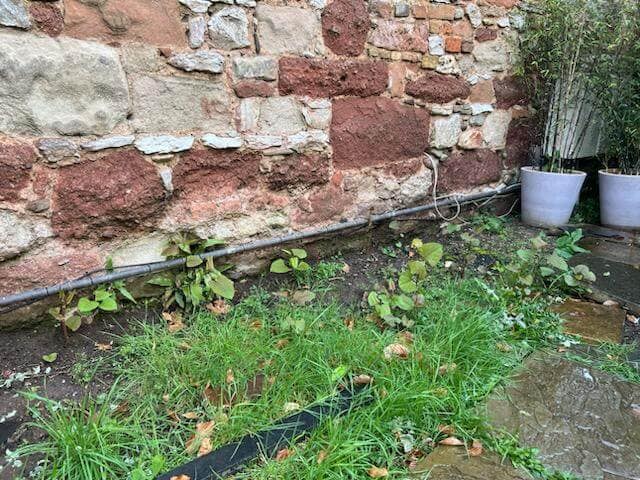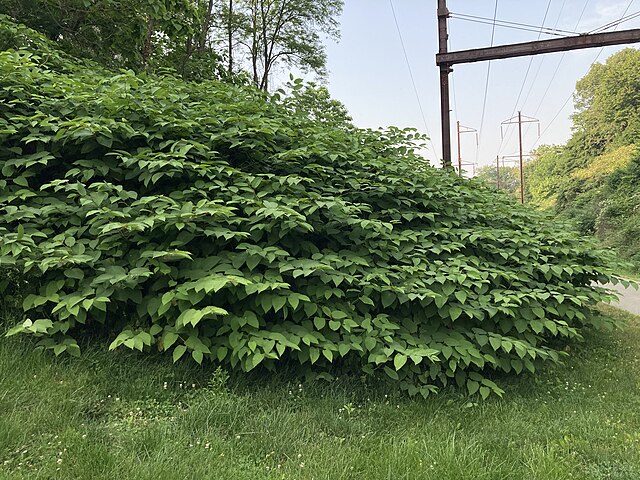Japanese Knotweed, scientifically known as Fallopia japonica, is a persistent and invasive plant species that has garnered notoriety for its ability to spread rapidly and dominate landscapes. Originating from East Asia, this resilient plant has found its way to various parts of the world, including North America and Europe, where it poses significant challenges to ecosystems and property owners alike.
Understanding Japanese Knotweed
Before delving into control methods, it’s crucial to understand the characteristics of Japanese Knotweed. This perennial plant features hollow stems with distinct nodes and heart-shaped leaves. Its bamboo-like appearance and vigorous growth make it a formidable opponent in the battle against invasive species. Japanese Knotweed is notorious for its ability to thrive in diverse environments, from riverbanks and roadsides to gardens and urban areas.
The Challenges Posed by Japanese Knotweed
The unchecked spread of Japanese Knotweed can have detrimental effects on the environment and infrastructure. Its aggressive root system can penetrate deep into the soil, causing damage to foundations, walls, and drainage systems. Furthermore, its rapid growth can outcompete native vegetation, leading to biodiversity loss and habitat degradation.
Exploring Natural Remedies
Given the environmental concerns associated with chemical herbicides, many individuals and organizations are seeking alternative methods to manage Japanese Knotweed. Fortunately, there are several natural remedies and control techniques that can help mitigate its impact without relying on harmful chemicals.
1. Smothering
One effective method for suppressing Japanese Knotweed growth is by smothering it with a barrier material such as thick plastic or geotextile fabric. By depriving the plant of sunlight and restricting its access to nutrients, this approach can gradually weaken and eventually kill the knotweed over time.
2. Repeated Cutting
Regularly cutting down the aboveground stems of Japanese Knotweed can help deplete its energy reserves and inhibit further growth. While this method may require persistence, consistent cutting throughout the growing season can weaken the plant and prevent it from spreading.
3. Introducing Natural Predators
In some regions, biological control methods involving the introduction of insect or fungal species that target Japanese Knotweed have shown promise. These natural predators can help suppress knotweed populations by feeding on its foliage or disrupting its reproductive cycle.
4. Harnessing the Power of Beneficial Plants
Companion planting with species that have allelopathic properties, such as certain herbs and ground covers, can inhibit the growth of Japanese Knotweed by releasing chemicals that inhibit its germination and growth. Selecting the right combination of plants can create a competitive environment that reduces knotweed proliferation.

Can You Control it Without Chemicals?
The question of whether Japanese Knotweed can be effectively controlled without chemicals is one that continues to spark debate among environmentalists, land managers, and homeowners. While natural remedies offer promising alternatives, they may not always provide the same level of efficacy as chemical herbicides in certain situations.
Factors to Consider
The effectiveness of chemical-free control methods depends on various factors, including the extent of the infestation, environmental conditions, and the commitment of the individual or organization implementing the control measures. In cases where Japanese Knotweed infestations are severe or widespread, integrated pest management strategies that combine both natural and chemical approaches may be necessary for optimal results.
The Importance of Monitoring and Adaptation
Regardless of the chosen control method, ongoing monitoring and adaptation are essential components of successful knotweed management. Regular inspections of treated areas can help identify any regrowth or new infestations early on, allowing for prompt intervention and adjustment of control strategies as needed.
Conclusion
Japanese Knotweed poses a significant challenge to ecosystems and infrastructure, but with careful planning and implementation of natural remedies and chemical-free control methods, its spread can be managed effectively. While chemical herbicides may offer rapid results in some cases, they come with potential environmental risks and may not always be the most sustainable solution. By exploring alternative approaches and adopting an integrated pest management mindset, we can work towards minimizing the impact of Japanese Knotweed while preserving the health and integrity of our natural surroundings. If you are seeking a source of inspiration and guidance about how much does it cost to remove knotweed, visit their webpage for further info.




